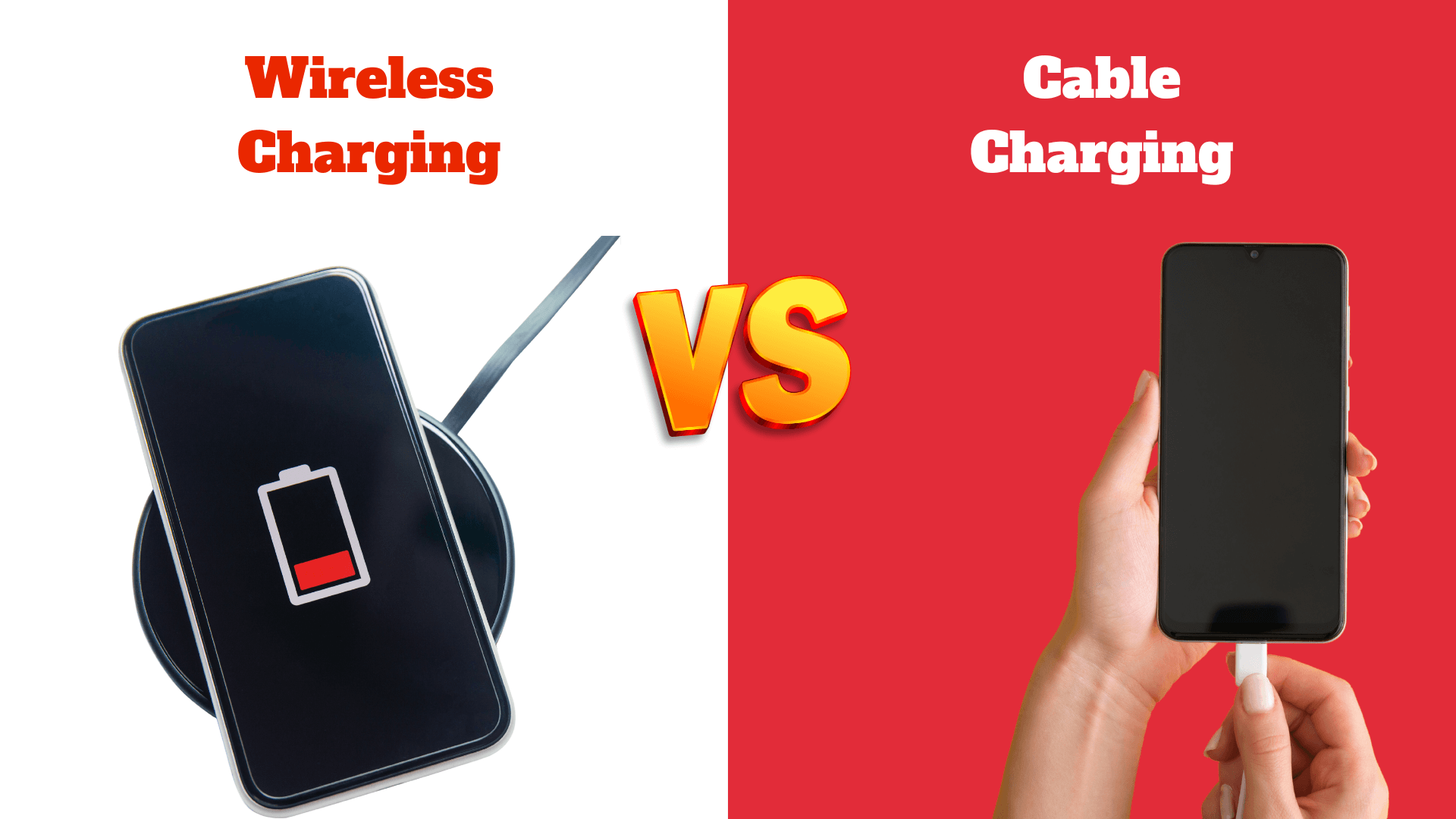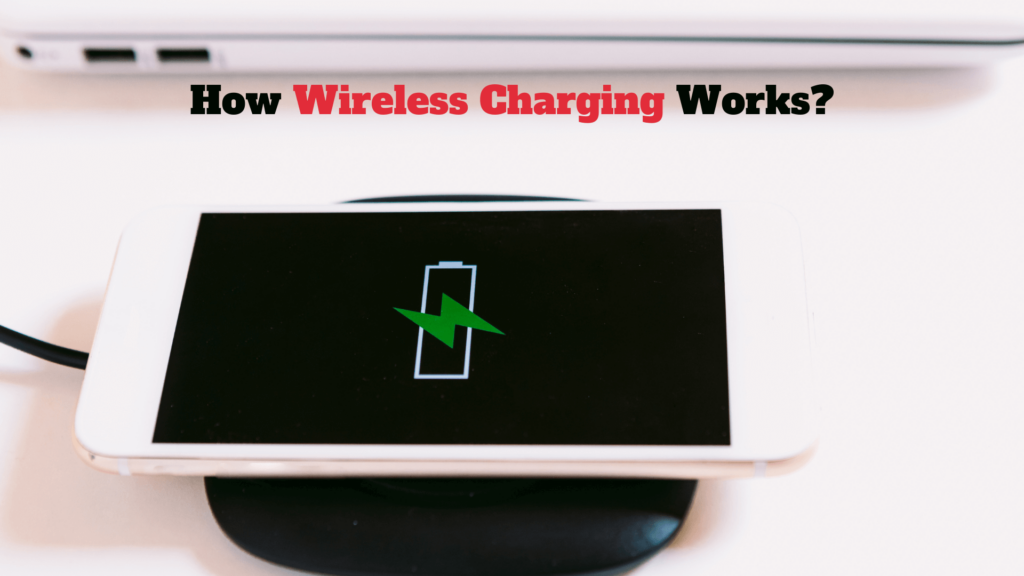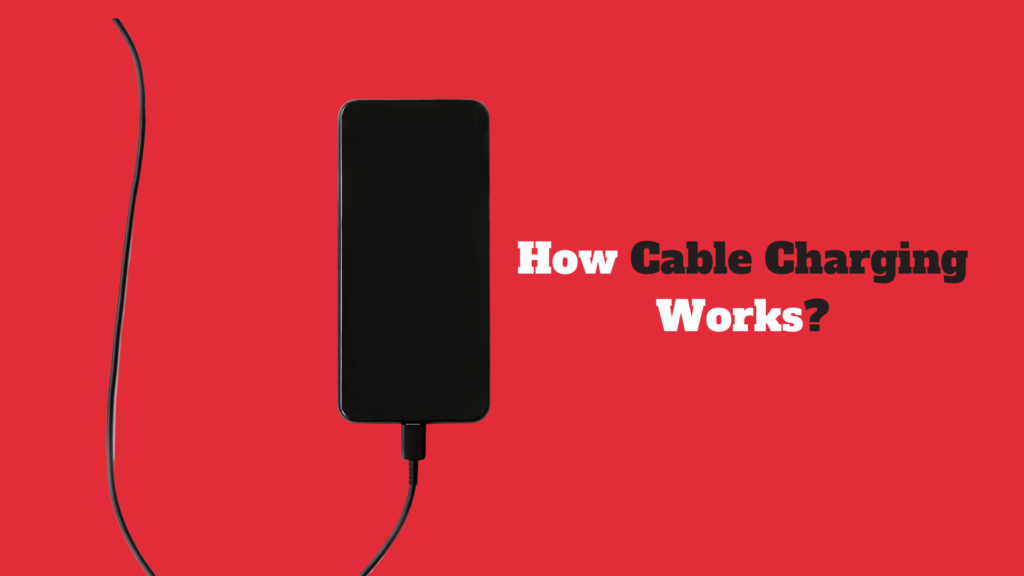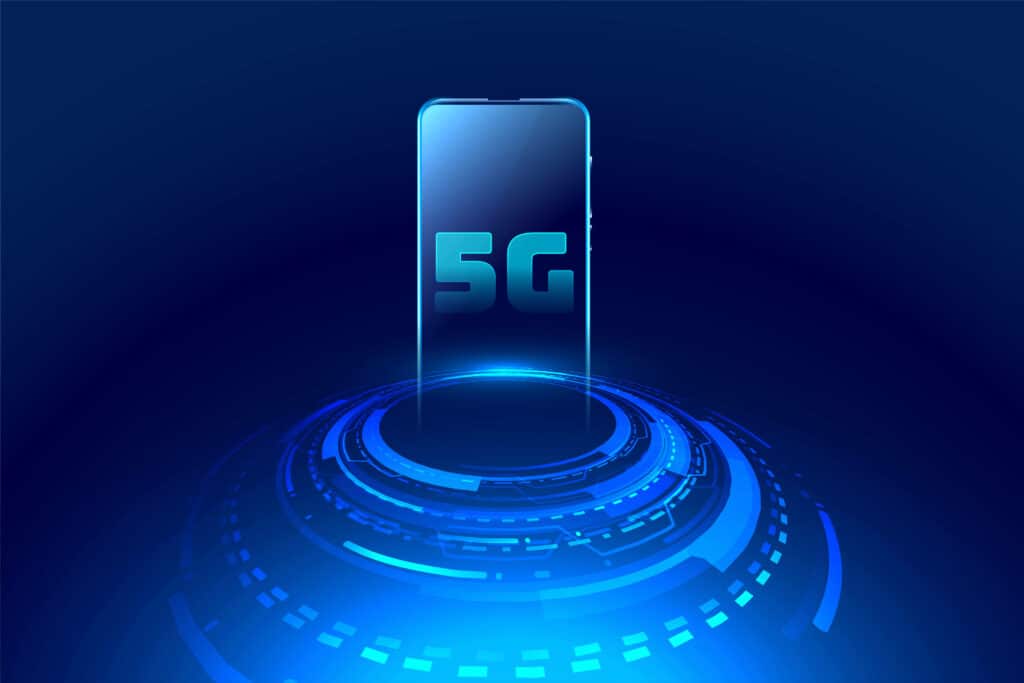Wireless charging, also known as inductive charging, is a technology that allows devices to charge without the need for physical cables or connectors. It works by using electromagnetic fields to transfer energy between a charging pad or mat and the device being charged. On the other hand, cable charging involves the use of physical cables and connectors to transfer electrical current from a power source to the device.
The history of charging technology dates back to the late 19th century when Nikola Tesla first experimented with wireless power transmission. However, it wasn’t until the early 21st century that wireless charging became commercially available for consumer devices. Cable charging, on the other hand, has been around for decades and has been the primary method of charging for most electronic devices.
Key Takeaways
- Wireless charging uses electromagnetic fields to transfer energy, while cable charging uses a physical connection.
- Wireless charging is more convenient, but cable charging is generally faster and more efficient.
- Wireless charging is compatible with fewer devices and can be more expensive, while cable charging is universal and often cheaper.
- Safety concerns exist for both types of charging, but wireless charging can potentially cause interference with other electronic devices.
- The future of charging is likely to involve a combination of both wireless and cable methods, with continued improvements in speed, efficiency, and compatibility.
How Wireless Charging Works
Wireless charging operates on the principle of electromagnetic induction. When an electric current flows through a coil of wire, it creates a magnetic field around it. This magnetic field can induce an electric current in another coil of wire placed nearby. In wireless charging, the charging pad or mat contains a coil of wire that generates a magnetic field, while the device being charged has a coil of wire that receives the energy from the magnetic field and converts it back into electrical current to charge the battery.
There are different types of wireless charging technologies available today, including Qi (pronounced “chee”), Powermat, and AirFuel Alliance. Qi is the most widely adopted standard and is used by many smartphone manufacturers such as Apple and Samsung. Other devices that use wireless charging include smartwatches, earbuds, and even electric vehicles.
Also Read: How Samsung Wireless Charger Works
How Cable Charging Works
Cable charging relies on the flow of electrical current through physical cables and connectors to transfer energy from a power source to a device. When a device is connected to a power source using a cable, the electrical current flows from the power source through the cable and into the device’s battery, charging it.
There are various cable charging technologies available, including USB-A, USB-C, Lightning, and Micro-USB. USB-C is the latest standard and offers faster charging speeds and higher power delivery compared to older standards. Devices such as smartphones, tablets, laptops, and gaming consoles typically use cable charging.
Pros and Cons of Wireless Charging
| Pros | Cons |
| Convenience – no need to plug in a cable | Slower charging speed compared to wired charging |
| Less wear and tear on charging ports | Higher cost for wireless charging pads |
| No risk of damaging charging cables | Less efficient energy transfer compared to wired charging |
| Ability to charge multiple devices at once | Device must be placed in a specific position on the charging pad |
| Eliminates clutter of multiple charging cables | Not all devices are compatible with wireless charging |
Wireless charging offers several advantages. One of the main benefits is convenience. With wireless charging, you can simply place your device on a charging pad or mat without the need to plug in any cables. This eliminates the hassle of dealing with tangled cables and connectors. Wireless charging also allows for more flexibility in terms of device placement, as you can charge your device from different angles or orientations.
However, wireless charging also has its drawbacks. One major disadvantage is the slower charging speed compared to cable charging. Wireless charging typically takes longer to fully charge a device compared to cable charging. Additionally, wireless charging pads or mats can be more expensive than traditional cables and connectors.
Also Read: Is Wireless Charging Bad For Your iPhone Battery
Pros and Cons of Cable Charging
Cable charging has its own set of advantages. One of the main benefits is the faster charging speed compared to wireless charging. Cable charging allows for higher power delivery, resulting in quicker charge times for devices. Additionally, cable charging is generally more affordable than wireless charging options.
However, cable charging also has its disadvantages. The need for physical cables and connectors can be cumbersome, especially when dealing with multiple devices or when traveling. Cables can get tangled easily and may wear out over time with frequent use. Furthermore, cable charging requires a direct connection between the device and the power source, limiting flexibility in terms of device placement.
Speed of Charging: Wireless Charging vs Cable Charging
When it comes to charging speed, cable charging has the upper hand. Cable charging allows for higher power delivery, resulting in faster charge times for devices. The direct connection between the device and the power source ensures efficient energy transfer, minimising any loss of power during charging.
On the other hand, wireless charging tends to be slower. The energy transfer between the charging pad or mat and the device is not as efficient as with cable charging. The distance between the two coils of wire and any obstacles in between can affect the charging speed. Additionally, wireless charging pads or mats may not support high power delivery, further contributing to slower charge times.
Factors that can affect charging speed include the device’s battery capacity, the power output of the charging pad or mat, and any software optimisations implemented by the device manufacturer.
Efficiency of Charging: Wireless Charging vs Cable Charging
In terms of charging efficiency, cable charging is generally more efficient than wireless charging. Cable charging allows for a direct connection between the device and the power source, resulting in minimal energy loss during transfer. The electrical current flows through the cable without any significant interference or resistance.
Wireless charging, on the other hand, is less efficient due to various factors. The energy transfer between the charging pad or mat and the device can be affected by distance, alignment, and any obstacles in between. This can result in energy loss and reduced charging efficiency. Additionally, wireless charging pads or mats may generate heat during operation, further contributing to energy loss.
Factors that can affect charging efficiency include the quality of the charging pad or mat, the distance between the device and the pad or mat, and any interference from other electronic devices.
Compatibility with Devices: Wireless Charging vs Cable Charging
When it comes to device compatibility, cable charging has broader support compared to wireless charging. Most electronic devices, including smartphones, tablets, laptops, and gaming consoles, come with a port that allows for cable charging. The availability of different cable types such as USB-A, USB-C, Lightning, and Micro-USB ensures compatibility with a wide range of devices.
Wireless charging, on the other hand, is not as widely supported. While many smartphones and other devices now come with wireless charging capabilities, not all devices are compatible. Additionally, wireless charging standards such as Qi may vary between manufacturers, limiting cross-compatibility.
Factors that can affect device compatibility include the device’s hardware support for wireless charging and the availability of compatible charging pads or mats.
Cost Comparison: Wireless vs Cable
In terms of cost, cable charging is generally more affordable than wireless charging. Traditional cables and connectors are widely available and come at relatively low prices. USB-A and Micro-USB cables, for example, can be purchased for a few dollars. USB-C cables, which offer faster charging speeds and higher power delivery, may be slightly more expensive but still affordable.
Wireless charging pads or mats, on the other hand, can be more expensive. The cost of wireless charging accessories varies depending on the brand, quality, and features. Additionally, some devices may require specific wireless charging accessories that are compatible with their hardware.
Factors that can affect cost include the brand and quality of the charging accessories, any additional features or functionalities offered, and any proprietary technology used by the device manufacturer.
Safety Concerns: Wireless vs Cable
Both wireless and cable charging have their own set of safety concerns. With wireless charging, there is a risk of overheating due to energy loss during transfer. The charging pad or mat may generate heat during operation, which can potentially damage the device being charged or cause a fire hazard. However, reputable wireless charging accessories undergo rigorous testing to ensure safety standards are met.
Cable charging also has its safety concerns. The use of physical cables and connectors can pose a risk of electrical shock if they are damaged or improperly used. Additionally, using counterfeit or low-quality cables can increase the risk of electrical hazards. It is important to use certified cables and connectors from reputable manufacturers to ensure safety during cable charging.
Factors that can affect safety include the quality of the charging accessories, any overheating protection mechanisms implemented, and the proper use and handling of cables and connectors.
Also Read: Is it dangerous to use a phone while charging?
Environmental Impact: Wireless vs Cable
When it comes to environmental impact, both wireless and cable charging have their own considerations. Wireless charging can be seen as more environmentally friendly as it eliminates the need for disposable cables and connectors. This reduces electronic waste and the consumption of raw materials used in cable production. However, wireless charging pads or mats still require energy to operate, which may come from non-renewable sources.
Cable charging, on the other hand, requires the use of physical cables and connectors that may contribute to electronic waste when they become obsolete or damaged. However, cables and connectors can be recycled, reducing their environmental impact. Additionally, cable charging allows for more efficient energy transfer compared to wireless charging, resulting in less energy waste.
Factors that can affect environmental impact include the materials used in the production of charging accessories, the energy source used for wireless charging pads or mats, and proper disposal or recycling practices.
Convenience of Charging: Wireless vs Cable
In terms of convenience, wireless charging offers a more seamless experience compared to cable charging. With wireless charging, you can simply place your device on a charging pad or mat without the need to plug in any cables. This eliminates the hassle of dealing with tangled cables and connectors. Wireless charging also allows for more flexibility in terms of device placement, as you can charge your device from different angles or orientations.
Cable charging, on the other hand, requires a physical connection between the device and the power source. This can be cumbersome, especially when dealing with multiple devices or when traveling. Cables can get tangled easily and may wear out over time with frequent use. Additionally, cable charging requires a direct connection, limiting flexibility in terms of device placement.
Factors that can affect convenience include the availability of wireless charging pads or mats, the ease of cable management, and any additional features or functionalities offered by charging accessories.
Future of Wireless and Cable Charging
The future of charging technology holds exciting possibilities for both wireless and cable charging. Wireless charging is expected to become more widespread and integrated into various devices, including furniture, vehicles, and public spaces. Advancements in wireless charging technology may also lead to faster charging speeds and improved efficiency.
Cable charging, on the other hand, may see advancements in terms of faster data transfer capabilities and increased power delivery. USB-C, for example, already offers faster charging speeds and higher power delivery compared to older cable standards. As technology evolves, we may see further improvements in cable charging efficiency and convenience that will be powering many Apple and Samsung devices.
In conclusion, both wireless and cable charging have their own advantages and disadvantages. Wireless charging offers convenience and flexibility but tends to be slower and less efficient compared to cable charging. Cable charging, on the other hand, provides faster charge times and broader device compatibility but can be cumbersome and less flexible.
Wireless Charging Vs Cable Charging: Which is better?
Based on the analysis of the pros and cons of both wireless and cable charging, choosing one out of two would depend on individual needs and preferences. If convenience and flexibility are top priorities, wireless charging may be the preferred option. However, if faster charge times and broader device compatibility are more important, cable charging would be the better choice.
As technology continues to advance, we can expect further improvements in both wireless and cable charging. The future holds exciting possibilities for faster charge times, improved efficiency, and broader device compatibility. Ultimately, the choice between wireless and cable charging will depend on individual preferences and needs.
FAQs
What is wireless charging?
Wireless charging is a technology that allows devices to charge without the need for cables or cords. It uses electromagnetic fields to transfer energy between two objects, typically a charging pad and a device.
What is cable charging?
Cable charging is the traditional method of charging devices using a cable or cord that connects the device to a power source, such as a wall outlet or USB port.
What are the advantages of wireless charging?
Wireless charging eliminates the need for cables and cords, making it more convenient and less cluttered. It also reduces wear and tear on charging ports and cables, which can prolong the life of devices.
What are the disadvantages of wireless charging?
Wireless charging can be slower than cable charging, and the charging pad must be in close proximity to the device being charged. It also requires a compatible device and charging pad, which may not be readily available.
What are the advantages of cable charging?
Cable charging is generally faster than wireless charging and can be done from a greater distance. It is also more widely available and compatible with a wider range of devices.
What are the disadvantages of cable charging?
Cable charging requires a cable or cord, which can be inconvenient and cluttered. It also puts more wear and tear on charging ports and cables, which can lead to damage and shorter device lifespan.
PK|15112080|1:30|CON






